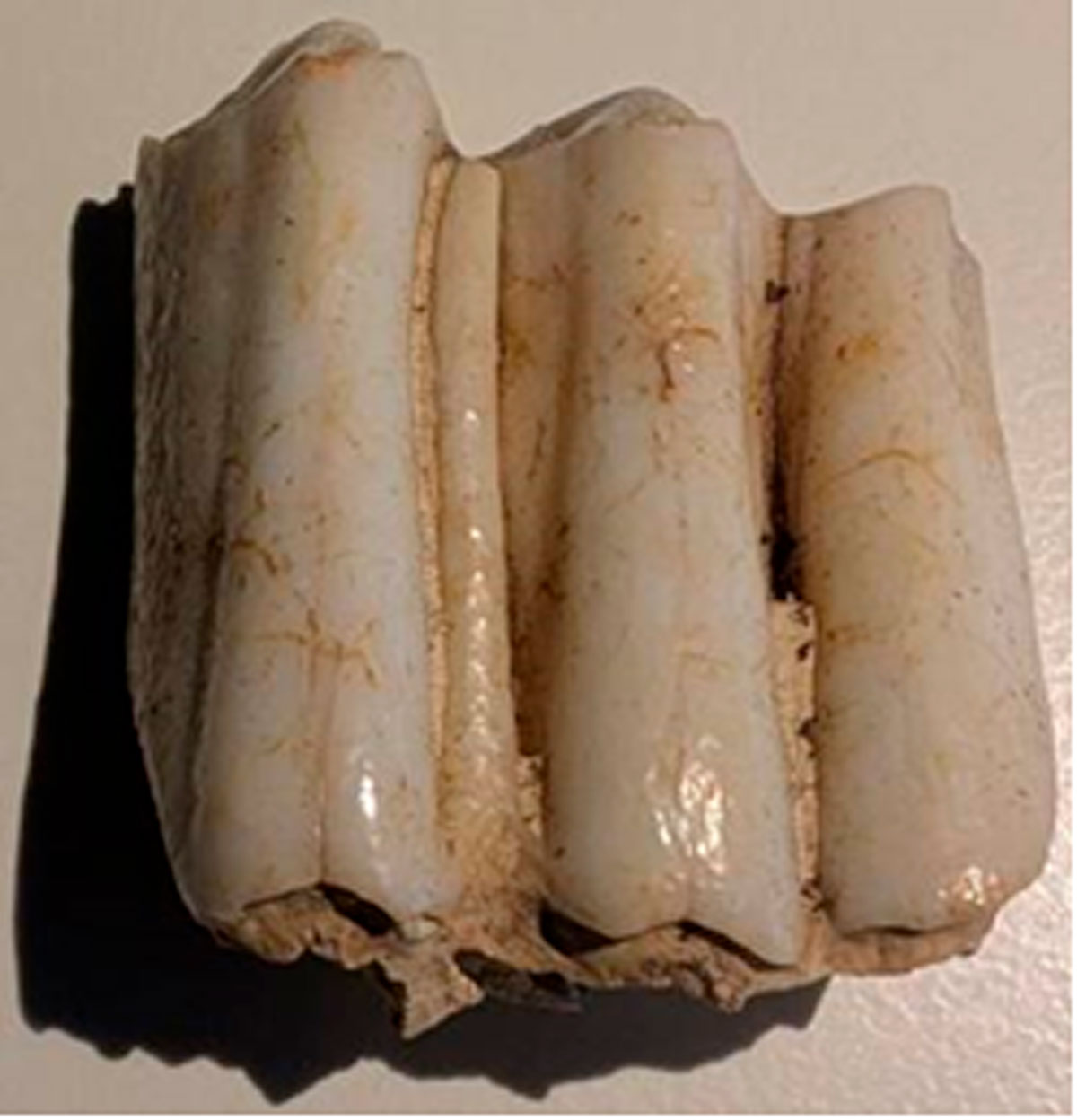
A 5,000-year-old cow tooth discovered near the southern entrance of Stonehenge is providing fresh insight into how the monument may have been built. Using advanced isotope analysis, scientists determined that the cow likely originated in Wales—the same region where Stonehenge’s bluestones were quarried—before ending its life in Wiltshire.
The tooth, unearthed in 1924 and recently reanalysed, was found to contain chemical signatures that matched the ancient Welsh terrain, suggesting the animal made the same 200km journey as the stones. Researchers sliced the tooth into nine layers, revealing shifts in diet and geography through oxygen, carbon, strontium, and lead isotope data. Notably, lead isotopes indicated the cow had absorbed minerals from Welsh bedrock and later re-released them during pregnancy, suggesting she may have been pregnant or nursing during the journey.
This discovery challenges traditional views of Stonehenge’s construction as being solely the work of small male labour groups. Instead, the presence of a cow—possibly used for milk or even as a beast of burden—implies that larger, more complex domestic groups, including livestock, may have travelled alongside the stones. The study’s lead author, Prof Jane Evans, called the findings “a hell of a story to come out of one tooth”.
The bluestones, weighing up to 4.5 tonnes (£3,540), have long puzzled archaeologists due to the immense effort required to transport them from the Preseli Hills in southwest Wales to the Salisbury Plain. The cow’s journey supports theories that animals may have assisted in the transport, either directly or by supporting human groups logistically.
Co-author Prof Richard Madgwick of Cardiff University highlighted the importance of this biographical approach, noting that while grand narratives often dominate Stonehenge research, the story of a single animal offers a new, intimate perspective on Neolithic life. The team now hopes to examine other animal remains found around the monument to further illuminate the human and animal networks involved in Stonehenge’s construction.

